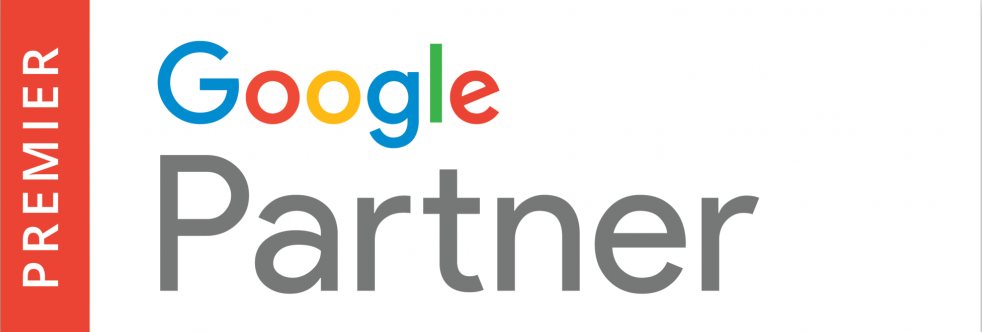
Success with Google Ads isn’t just about setting up campaigns and hoping for the best—it’s about continuous testing and optimization. This is where Google Ads A/B testing (also known as split testing) becomes crucial.
By running structured campaign experiments, businesses can determine what headlines, ad copy, visuals, audience targeting, or bidding strategies generate the best results. Without testing, you’re simply guessing—which can lead to wasted ad spend and missed opportunities.
In this guide, we’ll break down:
- What Google Ads A/B testing is and why it matters.
- The key elements to test for better ROI.
- How to conduct A/B testing using Google Experiments and manual methods.
- Common mistakes to avoid while running split tests.
If you’re looking to boost your paid advertising performance and reduce wasted budget, keep reading.
What is Google Ads A/B Testing?
A/B testing (also called split testing) is a data-driven strategy used in marketing to compare two different versions of an ad and determine which one performs better.
In Google Ads, A/B testing allows advertisers to change one element at a time—such as a headline, CTA, image, or audience—and measure its impact on key metrics like click-through rate (CTR), conversion rate, and cost per acquisition (CPA).
Key principle: Always test one variable at a time! If you change multiple elements, you won’t know which adjustment led to better performance.
Why is A/B Testing Crucial for Google Ads Success?
- Optimizes Ad Performance – Find the most effective messaging, visuals, and strategies.
- Reduces Wasted Ad Spend – Stop investing in underperforming ads.
- Refines Audience Targeting – Identify the best target audience for engagement.
- Maximizes ROI & ROAS – Improve return on ad spend (ROAS) by running high-performing ads.
- Adapts to Market Trends – Consumer behavior evolves, so your ads must evolve, too!
Simply put, A/B testing helps you make decisions based on data—not assumptions.
Key Elements to A/B Test in Google Ads
1. Ad Copy
- Test headlines, descriptions, and calls-to-action (CTAs).
- Try different pain points and benefits in your messaging.
- Experiment with short vs. long ad copy to see what drives engagement.
2. Ad Visuals (for Display, Shopping, and Performance Max Ads)
- Compare different images or videos.
- Test color schemes, text overlays, and product presentation.
- Use dynamic ad creatives to analyze what resonates best.
3. Audience Targeting
- Test different audience segments (demographics, interests, behaviors).
- Compare broad vs. specific targeting.
- Adjust audience layering and exclusions to fine-tune reach.
4. Ad Placements
- Test placements in different Google networks (Search, Display, YouTube, and Shopping).
- Analyze where your ads perform best in terms of click-through rates and conversions.
- Optimize placements to maximize exposure and engagement.
5. Bidding Strategies
- Compare manual bidding vs. automated bidding.
- Test different cost-per-click (CPC) strategies.
- Optimize your bid adjustments for locations, devices, and times of day.
6. Landing Pages
- Experiment with different layouts, headlines, and CTAs.
- Test form length (short vs. long forms).
- Optimize page speed and user experience (UX) for better conversions.
How to Conduct A/B Testing in Google Ads
There are two main ways to run A/B tests in Google Ads:
Method 1: A/B Testing with Google Experiments (Recommended Approach)
Google provides a built-in split testing tool called Google Experiments to help advertisers test different ad variations in a structured way.
Steps to Set Up Google Experiments:
- Go to Google Ads > Experiments.
2. Click “Create New Experiment” and choose what you want to test (ad variation, bidding strategy, audience segmentation, etc.).
3. Set the experiment split (e.g., 50/50 traffic distribution).
4. Run the test for 2-4 weeks to gather enough data for A/B test results.
5. Analyze performance and apply the winning variation to your campaign.
Benefits of Google Experiments:
- More accurate results (controlled environment).
- Easier data tracking and reporting.
- Faster implementation of successful changes.
Method 2: Manual A/B Testing in Google Ads
For campaign types not supported by Google Experiments, manual A/B testing is the best option.
Steps for Manual Testing:
- Duplicate your existing campaign inside your Google Ads Account.
2. Modify only one variable in the duplicated campaign (e.g., new headline, new audience, different bid).
3. Adjust the budget to ensure fair competition between both versions.
4. Run both versions simultaneously for at least 2-4 weeks.
5. Compare key metrics: CTR, conversion rate, CPA, and ROAS.
Downsides of Manual Testing:
- Takes more time to set up and analyze.
- Less precise compared to Google Experiments.
Pro Tip: Use manual testing when Google Experiments doesn’t support your campaign type or if you prefer full control over split testing variables.
Common Mistakes to Avoid in Google Ads A/B Testing
- Testing too many elements at once – Always isolate a single variable to get clear results.
- Not running tests long enough – Wait at least 2-4 weeks before making conclusions.
- Ignoring statistical significance – Small sample sizes can lead to misleading insights.
- Forgetting to test landing pages – A great ad needs a great landing page to convert.
Avoiding these mistakes ensures your A/B tests lead to meaningful improvements.
Final Thoughts: Why A/B Testing is Non-Negotiable for Google Ads Success
A/B testing is not a one-time task—it’s an ongoing strategy that helps businesses refine their ad campaigns, maximize ROAS, and stay ahead of competitors.
If you’re serious about improving your Google Ads performance, continuous testing ad variations should be a core part of your marketing strategies.
Want to optimize your Google Ads campaigns for better conversions and lower costs?
Contact Build Media Group today to let our experts manage your A/B testing and ad optimizations!



